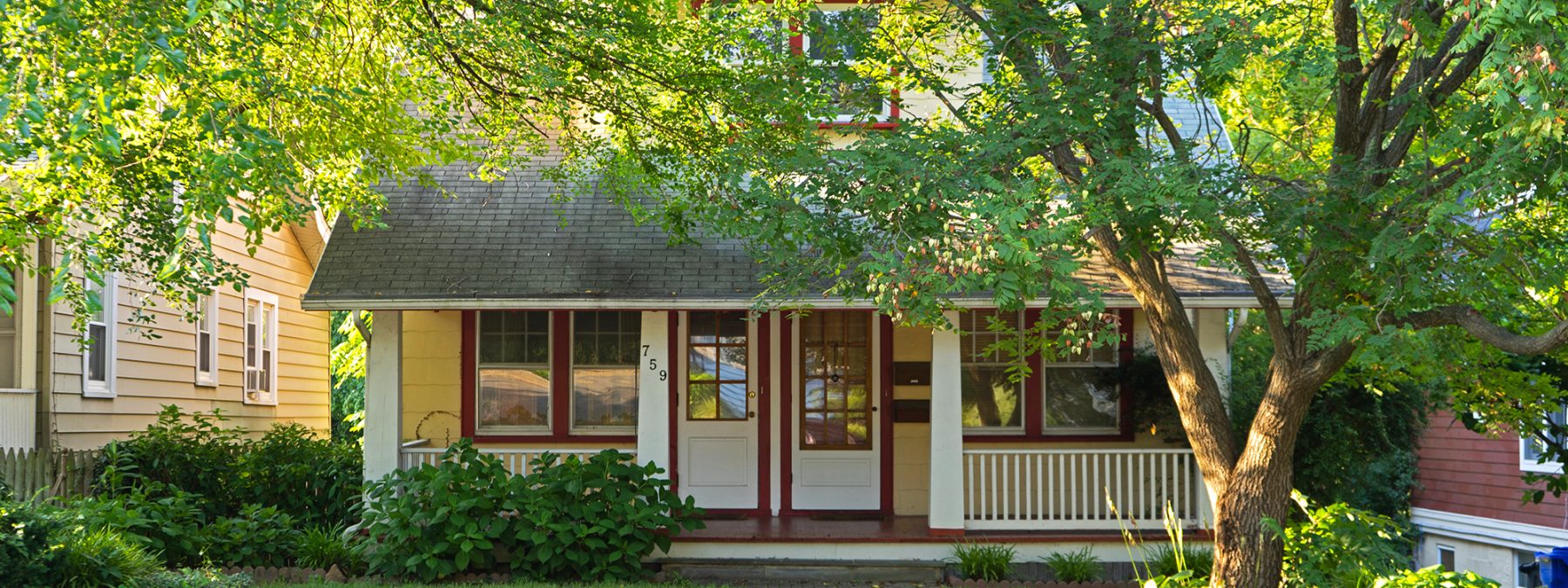Missing Middle Housing in Silver Spring
At the start of the Silver Spring Downtown and Adjacent Communities plan, the staff was asked to study housing options, including Missing Middle Housing, within the Adjacent Communities. In March 2021, Montgomery Planning launched the countywide Attainable Housing Strategies initiative. This initiative launched in response to the Montgomery County Council’s request to review and study housing options in the county for current and future residents. At the end of 2021, the final report and recommendations for AHS will be complete. Once finalized, the Silver Spring Downtown and Adjacent Communities Plan will rely on the AHS recommendations, so that the recommendations for the applicable residential properties (R-60) within this plan’s boundary will be consistent with the countywide approach.
Learn more about Montgomery Planning’s Attainable Housing Strategies Initiative.
Below are several resources from the earlier stages of this plan when Missing Middle housing was being explored as part of the Silver Spring Downtown and Adjacent Communities plan.
Educational Resources
Educational Series on Missing Middle Housing in Silver Spring
A virtual educational series with on-demand videos that address a variety of topics related to Missing Middle Housing:
- Part 1 – An Introduction to Missing Middle Housing
- Part 2 – Missing Middle Housing: Parking
- Part 3 – Missing Middle Housing: Building Types and Zoning
- Part 4 – Missing Middle Housing: Affordability vs. Attainability
What is Missing Middle Housing? Presentation to the Silver Spring community by Opticos Design
On Tuesday, March 16, Montgomery Planning held a virtual event with Opticos Design on “What is Missing Middle Housing” for the Silver Spring community. Missing Middle Housing is a range of smaller units in multiunit or clustered housing types, compatible in form and scale with single-family homes. Opticos Design founder Dan Parolek introduced the concept to the American housing scene in 2010. This concept highlights a time-proven, incremental way to provide more housing choices in resilient, walkable communities.
In this presentation, Opticos Design’s Tony Perez provided an in-depth overview of Missing Middle Housing, including:
- What “Missing Middle Housing” means, its history and why it is important
- How policy, planning and zoning can create barriers to the delivery of Missing Middle Housing types and how communities can respond to make way for more housing options
- How the Missing Middle Housing concept is being applied in communities around the country.
To learn more, you can watch the recording of the presentation.
Missing Middle Housing Market Study
On March 4, 2021, Planning Staff briefed the Planning Board on the findings of a market study evaluating the potential for missing middle housing in the Silver Spring area. The Market Study on Missing Middle Housing builds upon the 2018 Missing Middle Study and is a precursor to the visioning phase of the Silver Spring Downtown and Adjacent Communities Plan. The Market Study is comprised of analyses of zoning, entitlement, affordability and market feasibility of different Missing Middle typologies, as well as interviews with industry professionals to help understand the barriers and opportunities to building Missing Middle housing in Montgomery County. This Market Study aims to provide necessary background knowledge and to serve as the starting point for discussions with the community during the visioning phase of the Silver Spring Downtown and Adjacent Communities Plan and consideration of adding appropriate new housing types and forms to the adjacent communities.
View the presentation and staff report.
Staff contact
Atara Margolies
Project Manager
301-495-4558
Email
